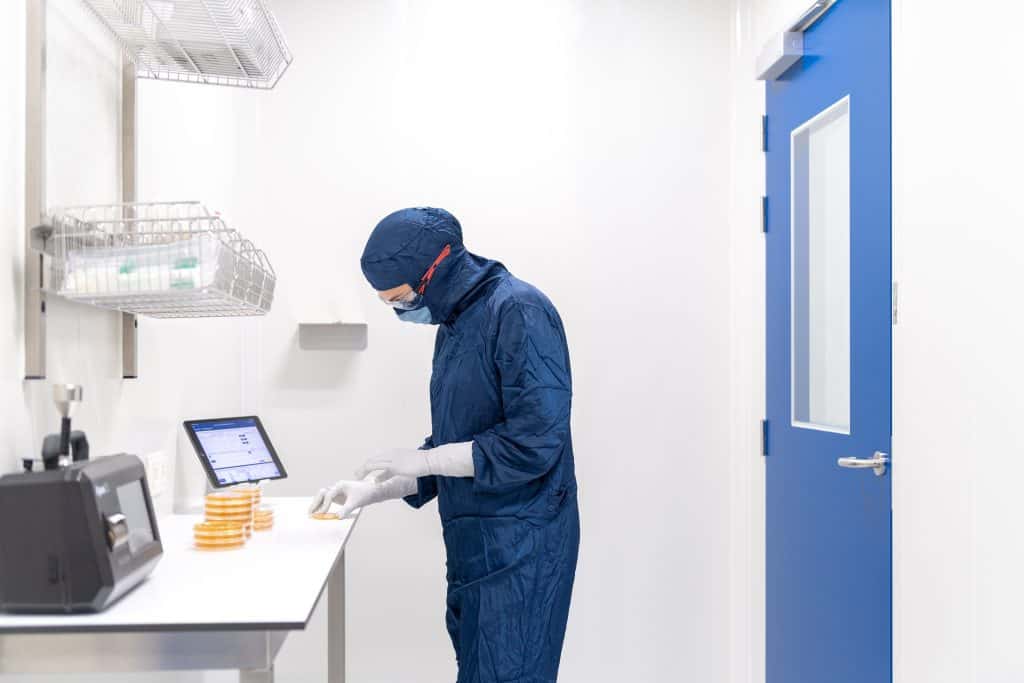
University of Texas and Novartis Pharmaceuticals develop new computer platform for easier drug discovery
pharmafile | November 29, 2022 | News story | Research and Development |
Researchers from both the University of Texas, US and Novartis Pharmaceuticals have developed a computer-based platform which appears to make the drug discovery process more efficient and effective, while simultaneously reducing associated costs.
The platform uses topological data analysis to screen thousands of possible drug candidates virtually, carefully selecting appropriate drugs and considerably reducing the number of candidates that are eligible for laboratory and clinical testing. The topology-based platform analyses each compound, based on the shape of the underlying physical substructure. This information is then used to give each compound a ‘topological fingerprint’ which can be used to rank the candidates based on whether they fit the desired criteria.
Traditionally, the drug discovery process is slow and laborious, with the early stage involving researchers identifying a target, screening countless chemical compounds that may or may not be effective, before the most promising candidates can move on to the laboratory and clinical testing stage. Whereas, the new platform can “screen about 100,000 compounds in a couple of days” says Dr Baris Coskunuzer, professor of mathematical sciences at the University of Texas.
Coskunuzer continued: “The drug-discovery process can take 10 to 15 years and cost a billion dollars. Drug companies want a more cost-effective way to do this. They want to find the most promising compounds at the beginning of the process so they’re not wasting time testing dead ends. We have provided a completely new method of virtual screening that is computationally efficient and ranks compounds based on how likely they are to work.”
Betsy Goodfellow








